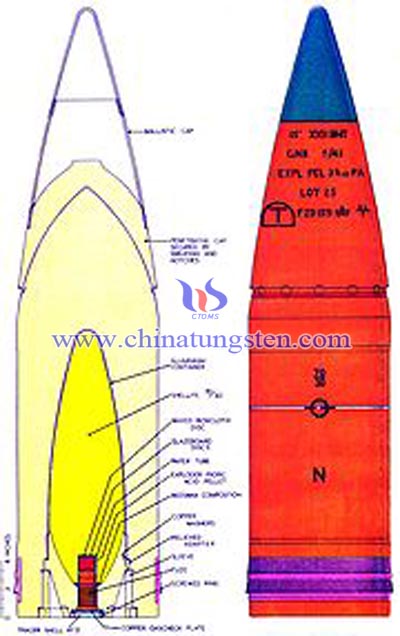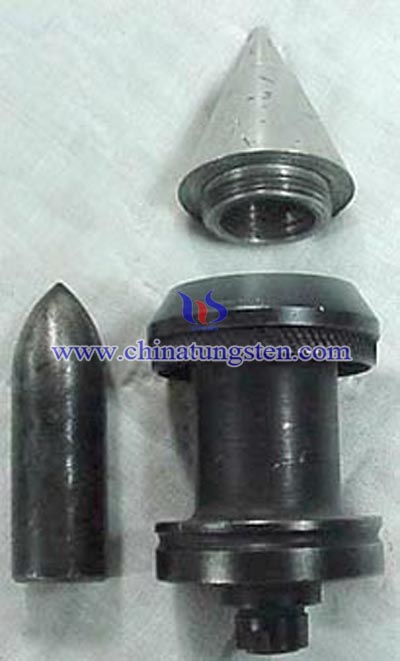


Most modern active protection systems (APS) are unlikely to be able to defeat full-caliber AP rounds fired from a large-caliber tank gun. The APS can defeat the two most common anti-armor projectiles in use today: HEAT and APFSDS. The defeat of HEAT projectiles is accomplished through damage/detonation of the HE filling or damage to the shaped charge liner and/or fusing system, and defeat of APFSDS projectiles is accomplished by inducing yaw/pitch and/or fracturing of the rod. Due to the AP shot/shell's high mass, rigidity, short overall length, and thick body, tungsten armor piercing are hardly affected by the defeat methods employed by APS systems (fragmentation warheads or projected plates).
If you want to know more details about tungsten armor piercing shells, please feel free to contact us by email: sales@chinatungsten.com or by phone:00 86 592 5129696.